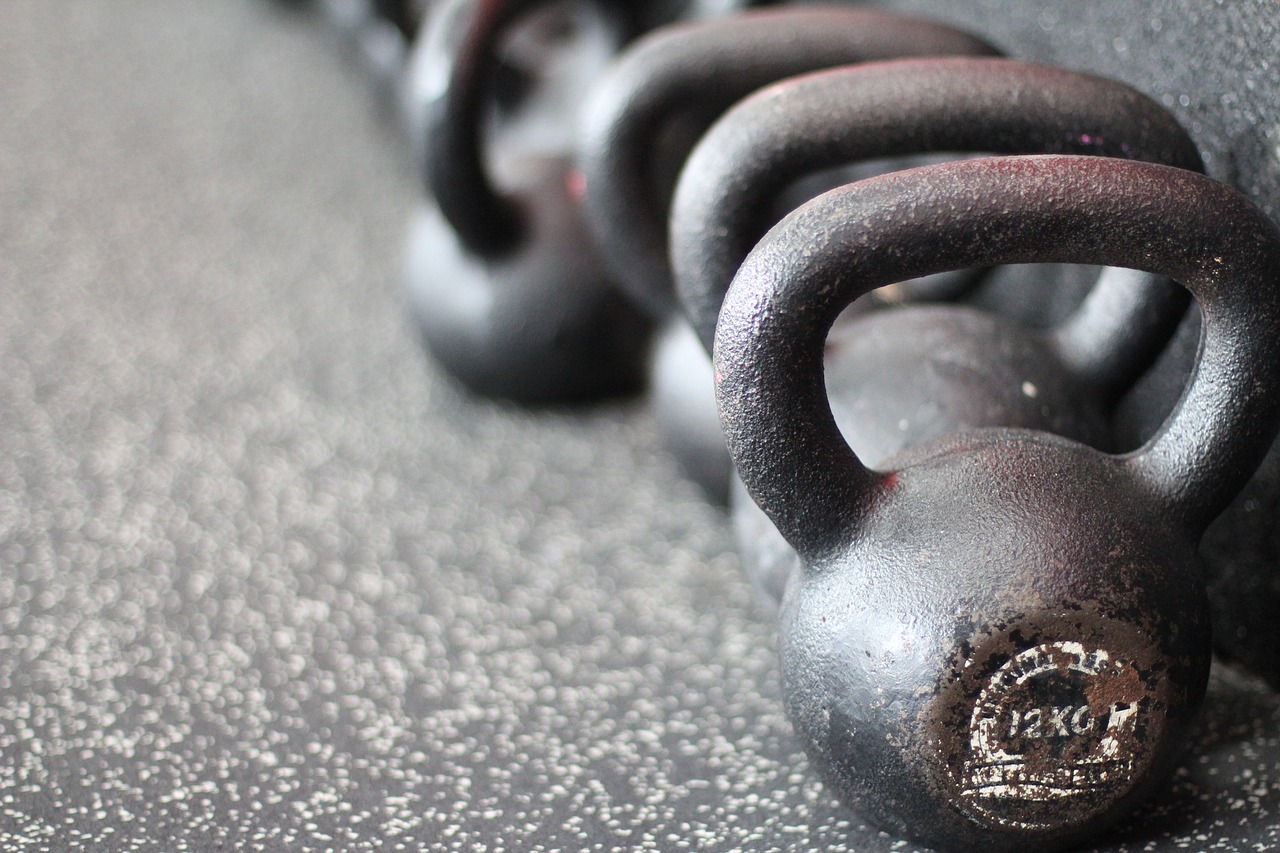In the first two parts of this series we covered dynamic flexibility exercises and core training (see http://wp.me/p1XfMm-2O and http://wp.me/p1XfMm-2S ). This part will cover prehab exercises. Prehab exercises are meant to use exercise to prevent injuries before they occur. There are certain situations that we know are likely to increase the likelihood of specific injuries. For examples, runners and sprinters get shin splints. Running backs get groin and hamstring injuries. Bench pressers get shoulder injuries, you see where I’m going with all this. There’s one important caution with these exercises: more is definitely not better. In fact, more can cause the problems that you want to prevent. For example, we’re all used to seeing rotator cuff exercises in the gym. The idea being is to strengthen those muscles to prevent issues from bench pressing, incline pressing, doing pull-ups, etc. Here’s the problem – there’s only a small amount of space in your shoulder for those muscles. So making those muscles too big and strong will start to cause them to rub up against all those bones that make up your shoulder joint.
Basically the most widely-used prehab exercises focus on the following areas:
• Ankle: Ankle injuries are very common in some sports. Normally this is addressed through a variety of one-legged and unstable exercises. For example, catch a medicine ball. Now try it standing on one foot. Now try it standing on one foot with that foot on a wobble board.
• Shins: Shin splints happen as a result of increases in the training volume, bad shoes, bad running surfaces, and sometimes you are just unlucky. These are addressed through a number of barefoot drills and through the same exercises that help with the ankle.
• Knee: There’s not much you can do about contact knee injuries, but you can try to prevent noncontact knee injuries. A combination of learning how to land properly from jumps, building up both the hamstrings and quadriceps, and unstable exercises helps to address the ligaments of the knee.
• Hamstrings: Hamstrings are injured during sprinting because they are used to slow down your lower leg when you run (keeps you from hyperextending your knee every time you take a step). There are a number of dynamic flexibility and other bodyweight drills that are used to help the hamstrings.
• Lower back: If you read this and think, “Hey, I squat, deadlift, and power clean – why do I need to do even more for my lower back?” Congratulations, but most people in the gym don’t do those exercises anymore. A variety of back raises and fireman exercises (for example, lie on your stomach, now raise your right arm and left leg) target the muscles of the lower back that surround your spine.
• Shoulders: Clearly with the shoulders most people are concerned with rotator cuff exercises. You see all kinds of exercises focusing on the internal and external rotators.
The next post in this series will cover jumps and throws as warm-up. Jumps and throws can be used as core training (medicine ball throws), prehab exercises (stick the landings to help with the knees), function (i.e. learn to use those muscles you are developing), and can be a great way to complete a warm up.



